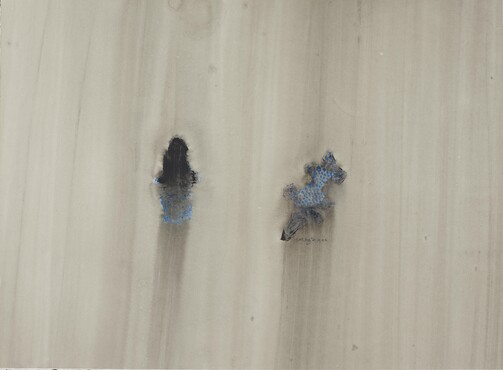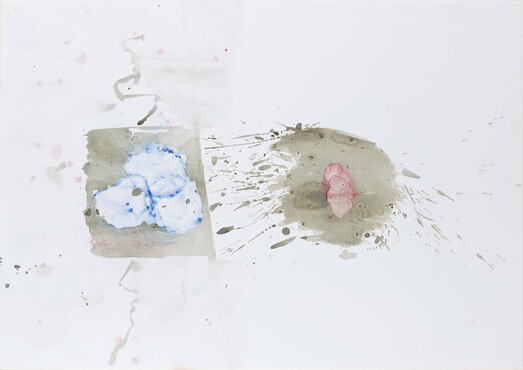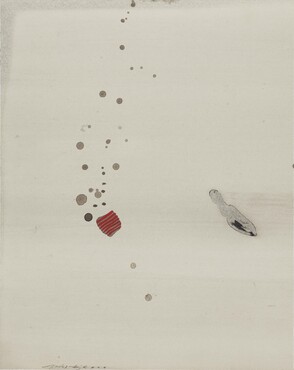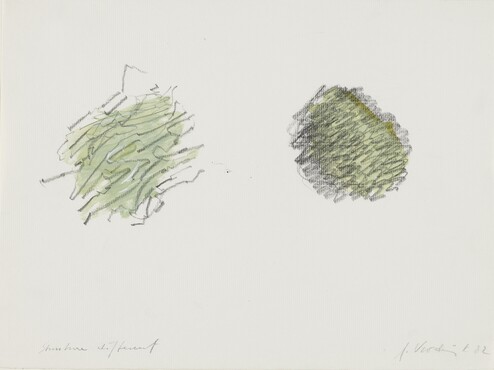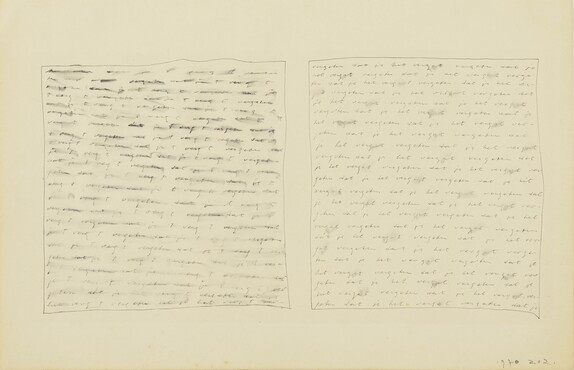Ontdek de collectie
Kunstmuseum Den Haag has a treasure chamber of over 160.000 pieces of art. Here we work on making the highlights from this collection available online.
Gerard Verdijk
The work of Hague artist Gerard Verdijk (1934-2005) is so varied that it almost seems it must have been made by several artists. Thanks to a donation of works on paper Kunstmuseum Den Haag is now able – along with the works already in its collection – to present a complete picture of the development of his oeuvre.
Many of the works on show will highlight Verdijk’s fascination with contrasts. From 1967 onwards, for example, he would often divide a sheet of paper in two and then focus exclusively on two main shapes. At first they would be two rectangles containing linear patterns; later they would often be shapes that appeared to mirror images. Structure Different (1982), for example, features two round green shapes. In one Verdijk coloured inside and in the other outside the outline of the shape.
In his later work he no longer divided the paper, his compositions now covering the entire sheet. After discovering Japan and eastern philosophy, Verdijk began to seek a perfect balance in the occupied space on what was sometimes an otherwise entirely empty sheet of paper. This produced poetic, meditative drawings that were sometimes almost unfathomable.
Verdijk originally came from Boxmeer in Brabant, but he always loved The Hague, living there until he moved to France in 1994. In the 1950s and 60s he was part of a vibrant and innovative Hague art scene, which artist Theo Bitter once referred to as ‘The Hague’s answer to CoBrA’.
During that time Verdijk joined Fugare, a group of artists that also included Jaap Nanninga and Willem Hussem. He had previously taken part in a group exhibition, Hague Artists (1959), at Kunstmuseum Den Haag. Critics soon dubbed all this innovative activity in The Hague the ‘New Hague School’. Although Verdijk always went his own way, he was an integral part of that exceptionally creative period in The Hague.
Verdijk’s work always explored the contradictions in universal concepts. He had solo exhibitions at Kunstmuseum Den Haag in 1972, and at the Stedelijk Museum Amsterdam in 1993. His work has also been shown in Japan, France, the United States and Italy.

